#cystonectae
Text
"flanderized girls" "keeper of lost causes" "arlecchino who is actually pierrot" "girl who has burned all her notebooks" "undead mother king" "house of cards" "cystonectae" "goethes theory of colors part xxxiii, paragraph 431" "belial: lord of lies" "the absence" <- the platonic archetypes
8 notes
·
View notes
Text
Cnidaria Time >:3 (pt 2)
Limnocnida



I found this diagram, and that looks really fucking cool.
Olindias
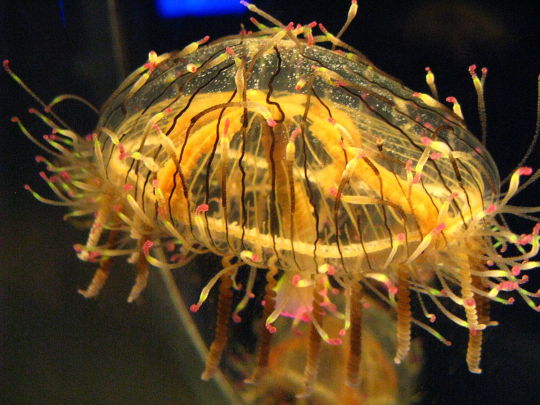

That thing is fucking cool and fucking pretty.
Hippopodius

That thing looks fascinating. Like, those folds remind me of fabric. It also vaguely makes me think of Dancer of the Boreal Valley (DS3 boss).
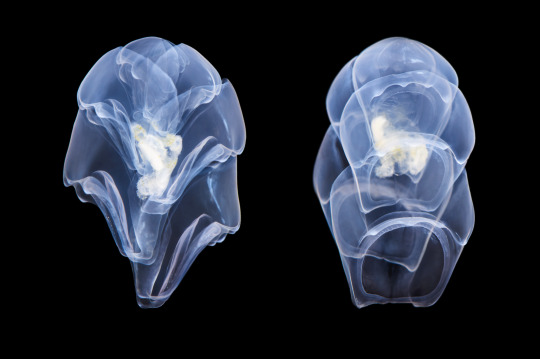
It's very pretty.
Giant Siphonophore
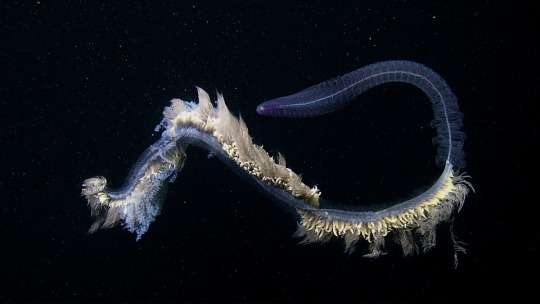
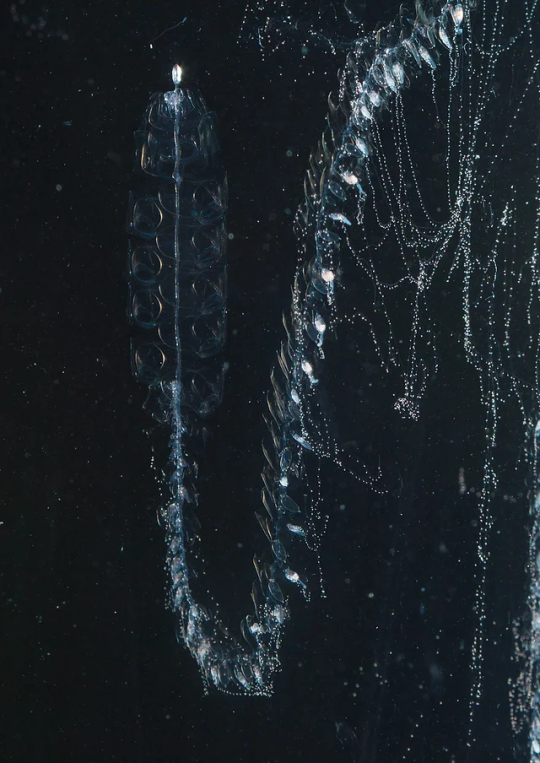

Look at it! Like, fucking look at that thing. Holy shit. That's so fucking pretty. Omg, that is fucking gorgeous.
Portuguese Man o' War

i like how most of these guys only have scientific names. then there's this little fucker. like, what did he do? criminal. I love him. It's adorable and pretty. Also, I want to point out the scientific name is Physalia Physalis, which is such a name name. Like, rip lil fucker for not having a real name lmao.

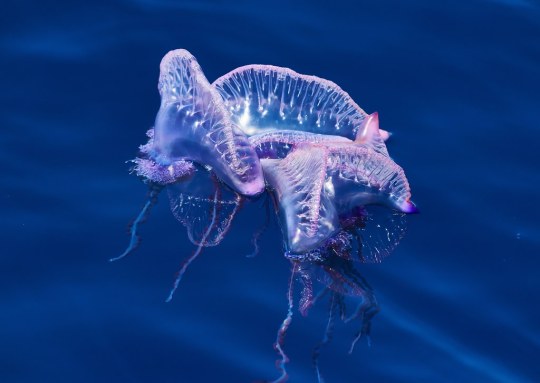
It's also, like, extremely venomous. I think it's stolen my heart lmao.


Flying Spaghetti Monster
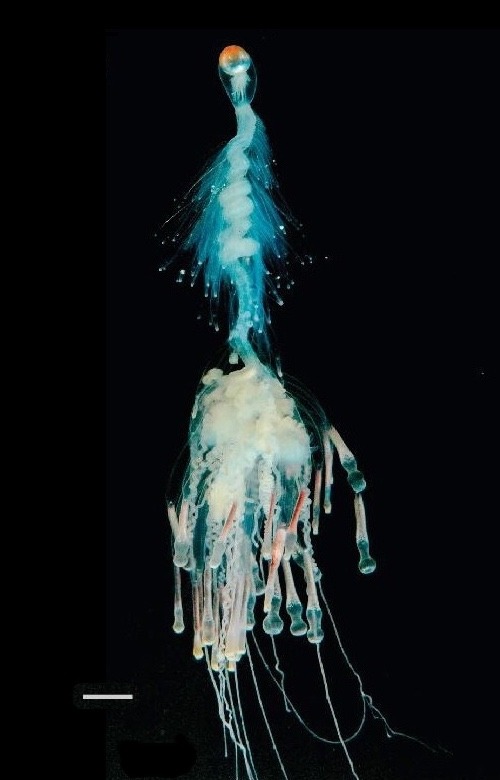
Who the fuck named this guy?

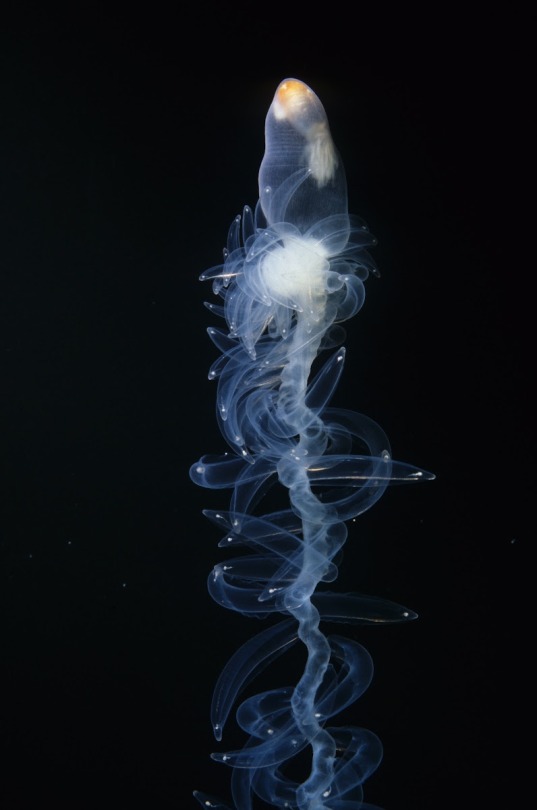
I do like it a lot tho. Like, it is just a a little incomprehensible. As it should be. It's popping off. Also, as far as I can tell, the Flying Spaghetti Monster and the Portuguese Man o' War are the only members of the Cystonectae suborder. Like, they're popping off holy shit.
Marrus

That looks like a plant that is shitting fire.
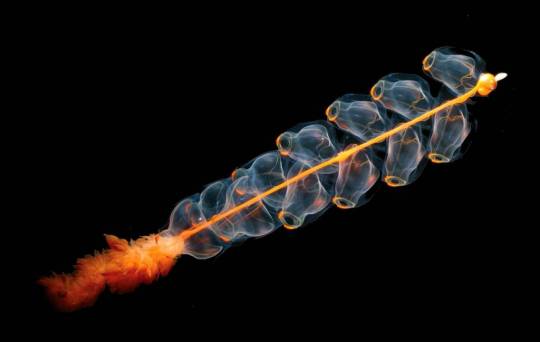
Common Siphonophore


Okay, I need to learn more about the Siphonophore because holy shit that thing dresses to impress apparently.
Apolemia

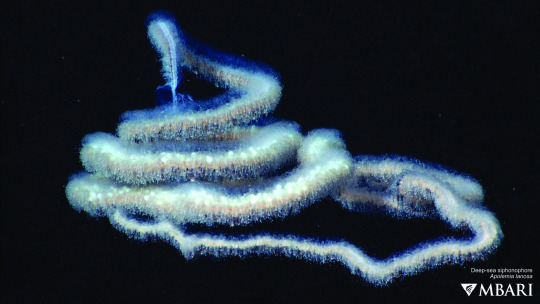
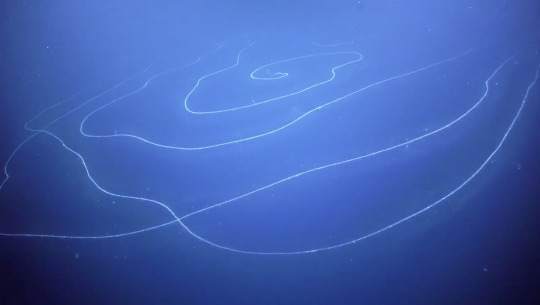
Holy shit. The siphonophores did it again. Damn.
Nanomia

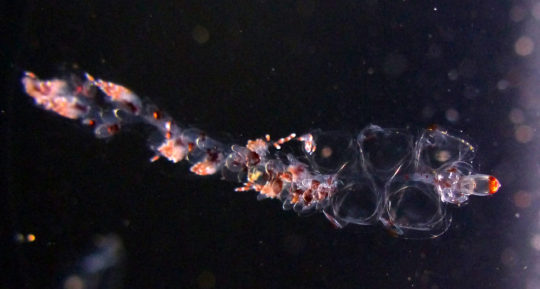
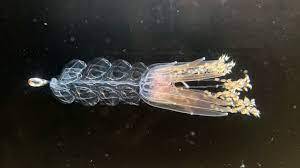

It's so pretty what the fuck?
0 notes
Text
February 8th/15th--Coral Cove (Sandpipers, Anastasia Formation, Man o’ War)
On February 8th and 15th we visited Coral Cove beach. It was windy, sunny, and warm, but overall beautiful (around 78 degrees F); I found a lot of interesting things and was immediately taken by the color, and brightness, of the Portuguese man of war (Physalia physalis) that was on the ground. Before this class, I thought that they were jellyfish—they’re actually siphonophores. Instead of being a single multicellular organism, they’re composed of specialized individual animals called zooids or polyps. They are colonial organisms. Their classification is: Kingdom: Animalia; Phylum: Cnidaria; Class: Hydrozoa; Order: Siphonophorae; Suborder: Cystonectae; Family: Phyisaliidae; Genus: Physalia. I got very close to it and even touched its sail, reminded of my first experience with these creatures when I was young (I was three in Hillsboro Beach—I thought it was a water balloon, and its tentacles wrapped around my arm). I did a quick sketch in pencils (B-4B); I do think I had a hard time with making it look translucent because I made it too dark. I followed with a watercolor painting, but I went too heavy again with the coloration, and I did make it a little chunky and thick.
The next week, I decided to try my hand at the Anastasia formation, which is made up of calcite Coquina rock, quartz sands, and sandy limestone. I also saw some fossils among the stone—different shells, mostly. This type of formation runs along the coast of north to central-south Florida. It was a very interesting formation—it housed different, small crabs and different sections of tide pools. I was trying to find some specimens among those areas but had little luck this time.
I’m much stronger at drawing animals than landscapes and objects, I’ll admit—I was trying to get the grooves and the more rounded texture of the rock, but I failed to bring in too much dimension. Plus, the tide was rising fast, and all of the smaller rocks and the side of the formation was soon covered too.
Later, a small flock of sanderlings came and flitted around me—I managed to get a photo from afar. Sanderlings’ classification is: Kingdom: Animalia; Phylum: Chordata; Class: Aves; Order: Charadriiformes; Family: Scolopacidae; Genus: Calidris Species: (Calidris alba). They were absolutely adorable, and I couldn’t stop myself from sketching one. This would later be the inspiration for my Symposium piece.
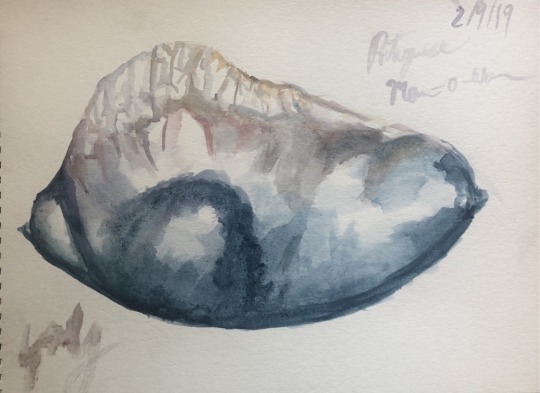
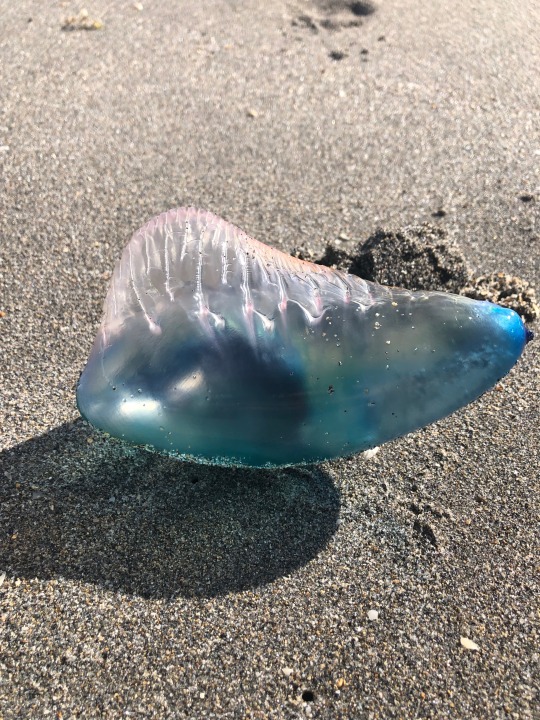
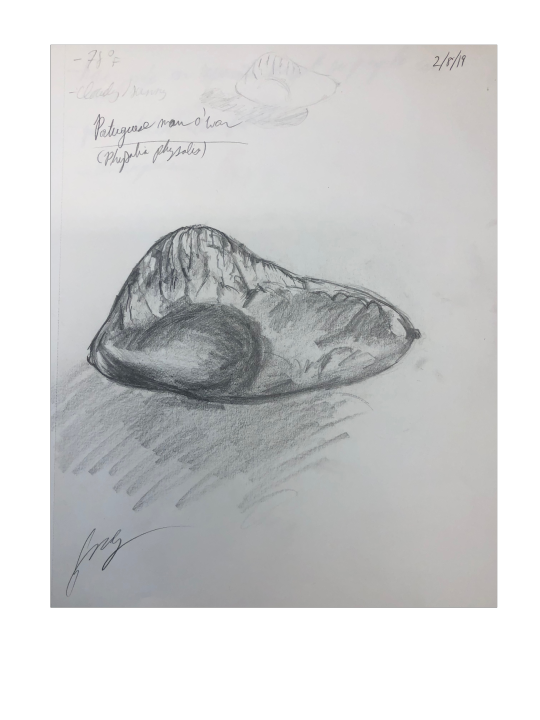

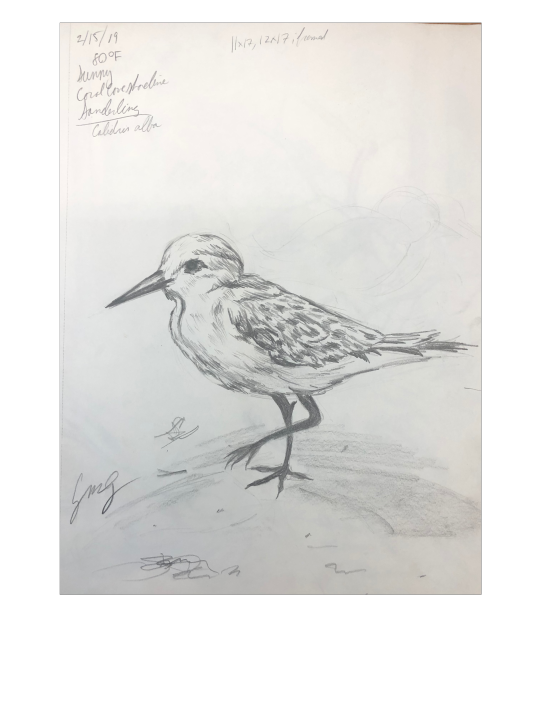

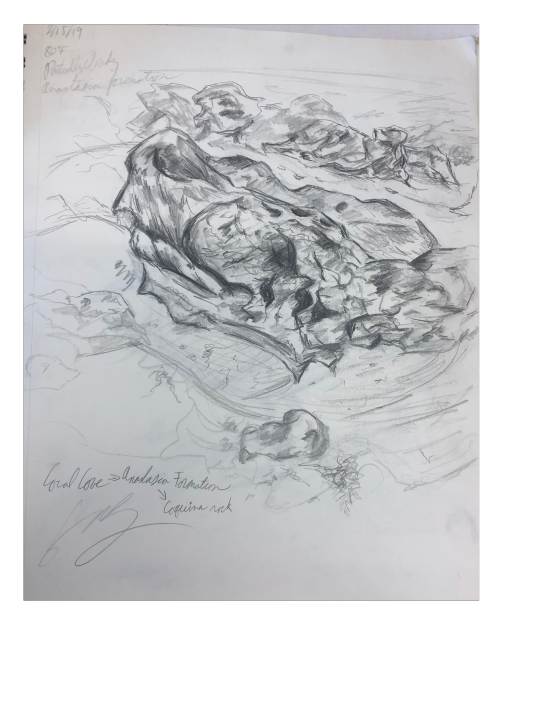
0 notes